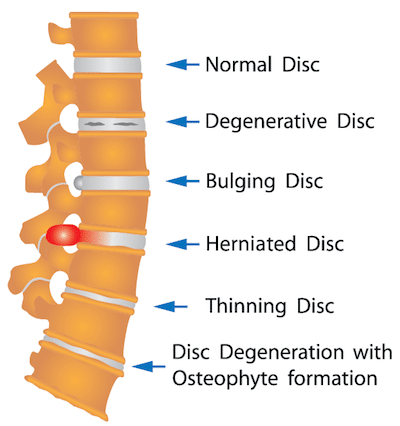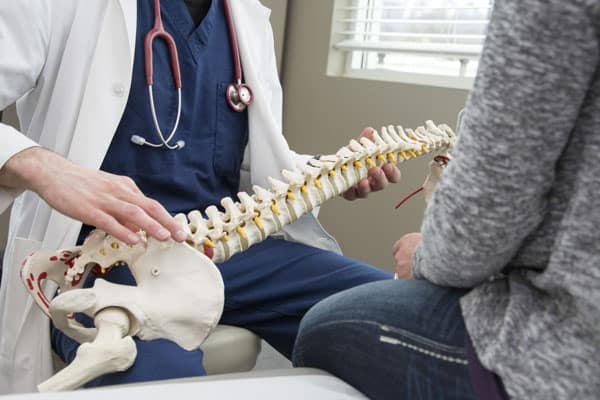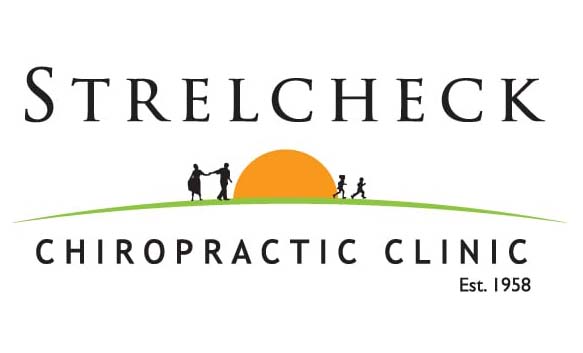Degenerative Disc Disease (DDD) Treatment Crystal Lake
What is Degenerative Disc Disease?
Degeneration of the discs particularly in the moving sections of the spine (cervical and lumbar levels) is a natural process of aging. This dehydration or desiccation of the disc material reduces the flexibility and typically the height of the disc. In most patients the mere presence of degenerative discs is not a problem leading to pain, neurological compression, or other symptoms. However, in a certain number of patients, the disc degeneration leads to spinal “instability,” the condition in which the spine is unable to bear the patient’s weight or perform its normal functions without disabling pain.
Begin your degenerative disc disease treatment by contacting our experienced Crystal Lake chiropractors today.
Signs and symptoms
Cervical disc degenerative disorder can be characterized by neck pain. This neck pain can be most prevalent when the patient is upright or moving the head and can be reduced by lying down or reclining. Often the disc will be associated with osteophytes or bone spurs. They can further reduce movement and lead to nerve compression. The cervical nerve roots innervate the back of the head and neck as well as the arms and hands. If they are affected, the patient could have burning, tingling, numbness, and pain in these areas. Sometimes headaches result from cervical degenerative disc problems.
Lumbar disc degenerative disorder can be associated with lower back pain. It would typically be a weight-bearing type of back pain with severe pain on sitting. Standing for any length of time and walking can also be painful, as are bending and lifting. Associated lumbar radiculopathy or nerve root pain can be characterized by burning, numbness, tingling, and pain running from the buttock and low back down the leg.
Causes

Diagnosis & Treatment
Before one of our doctors can diagnose your condition and design a treatment plan, a complete history and physical examination are necessary. There are so many possible internal causes of pain; it is important to determine what is and is not the root of the problem.
A variety of treatment options exist at Strelcheck chiropractic clinic for different types of back pain. In most cases, chiropractic adjustments are the most effective degenerative disc disease treatment. The overall goal of treatment is: to make you comfortable as quickly as possible, to design a program to reduce further degeneration, and to get you back to normal activity in a timely manner.





